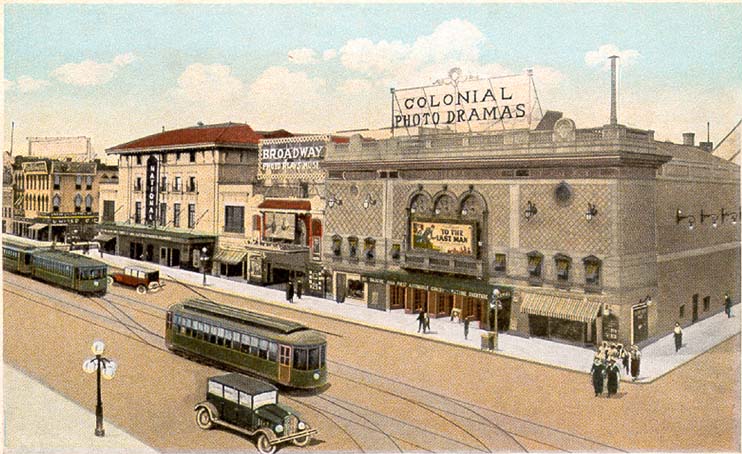
I once had this conversation with a state transportation planning official (albeit a short conversation) having to do with criteria and what would be justification for installing a city-served, citywide rail-based public transit system such as a light-rail operation. The transportation planner’s position was, in effect, that population density is what mattered. I took that to mean that without sufficient – or high – population densities, municipal rail-based public transit would be a no-go.
That’s where that conversation was left, that is, until right here, right now, which is many years later. We’re talking like 30 years later – that’s how long it’s been.
Back then, if I had thought about it, I could have politely pointed out in response that prior to the widespread adoption of the automobile in the United States and other countries in the early to mid-20th century depending, numerous cities deployed rail-based public transit systems – some being fairly extensive. What were known as “streetcar suburbs” in different U.S. cities like Baltimore, New York City, etcetera, mainly in the 1920s and ‘30s existed as a means of exposing inner-city dwellers to housing/living possibilities and life outside of crowded city centers. The streetcars provided a means of allowing citizens in inner-ringed neighborhoods to see how life was beyond the limits of what their usual travel orbits consisted of.
Through their creations, these city-centered streetcar networks all-of-a-sudden tapped what had prior to that time been the housing tracts – with their connective- and supportive- (academic-institution, business-sector, etcetera) tissue, if you will – that were integral to the lives of the then more affluent or well-to-do, thereby allowing practically unlimited access to virtually all who rode these networks, that is, if they so chose to take advantage and could afford to do so. These streetcar systems opened up entirely new vistas to be enjoyed and taken in by the many.
The bulk of these streetcar operations lasted into the 1940s, ‘50s, ‘60s (some even enduring to present day), that is, until such time that they were gobbled up, shut down, dismantled and the rolling stock and/or infrastructure sold as scrap material.
So, to elaborate on the above-mentioned then-state transportation planner’s assertion, contention, position, call it what you will, and thus furthering discussion by picking up where the conversation previously left off, in this day and age with the present circumstances before us, I don’t believe the population-density numbers matter as much with regard to criteria and justification for city-served, citywide rail-based public or mass transit as maybe had been the case in the past.
As it relates, I was reading a story on Jul. 24, 2023 (today), in fact, that revealed that only 7 percent of 2023 U.S. new-car sales were electric vehicles (EVs). And, according to what I read, at least for the next decade anyway, the market wasn’t expected to grow much beyond what it is at present because of factors like associated costs (vehicle-purchase or otherwise), charging infrastructure limitations, etcetera.
Where EVs are, however, garnering a lot of attention is in the press, which mainly has to do with their ability to substantially cut greenhouse gas (GHG) emissions, that is, provided they’re used in sufficient numbers to satisfactorily meet prescribed GHG-emissions-reduction targets. But, metropolitan-based electric public rail transit systems can also handily hold their own in that regard, again, so long as they are used in numbers sufficient to meet called-for GHG emissions-reduction targets.
Today what matters is which one of the two modes can get us to our ultimate eco-objective destination sooner and is more likely to succeed over the long haul.
City-centered public rail transit thrived at one time and this can be the situation again, car-/population-density statistics-tracking notwithstanding.
Notes
In an earlier version, the included image was incorrectly credited to: Louis Kaufman & Sons, Baltimore, Md. The image attribution information is now correct.
Above and corresponding, connected home-page-featured images: Printed by Louis Kaufmann & Sons, Baltimore, Md.
Last updated on Aug. 24, 2023 at 5:58 a.m. Pacific Daylight Time.
⁃ Alan Kandel
Copyrighted material.